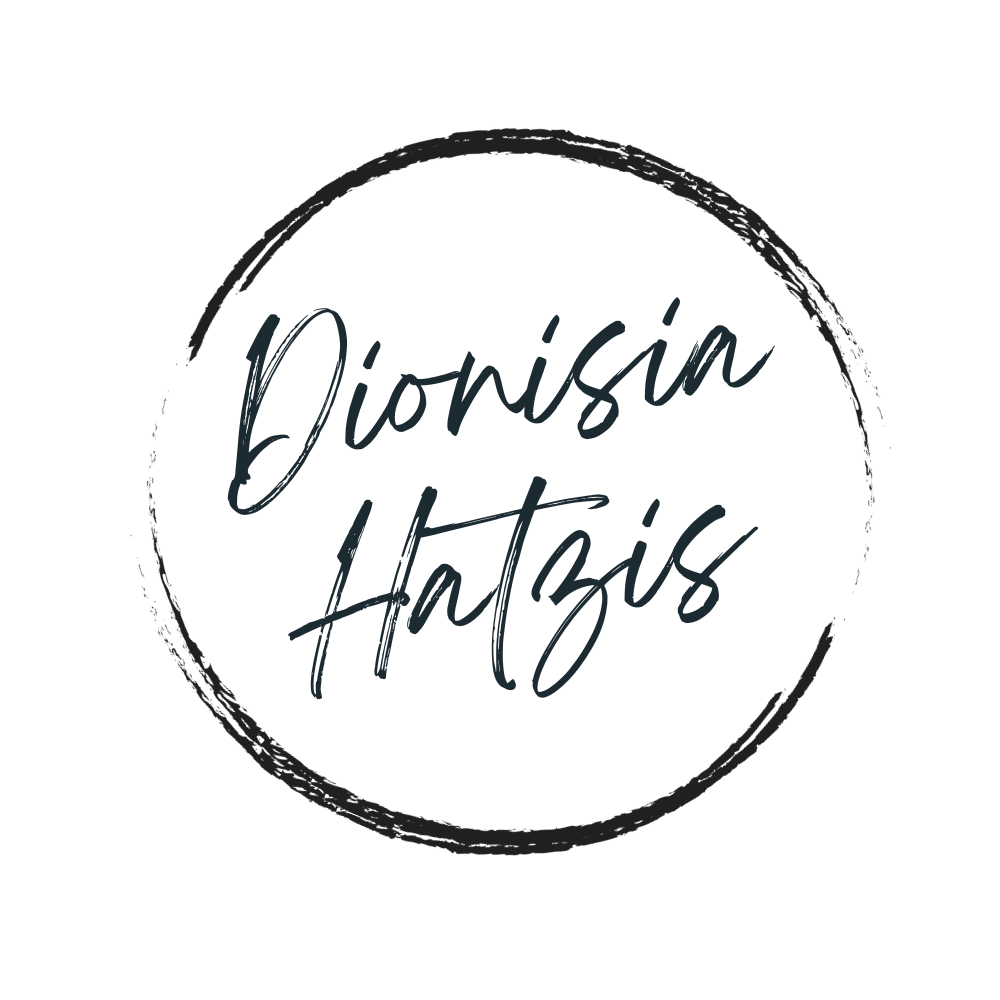The Missing Link in Professional Development: Your Body
Why Somatic Coaching is Essential for Professionals
In a world that values sharp minds and strategic thinking, we often overlook the most powerful tool for leadership, resilience, and success: the body.
Somatic coaching—coaching that integrates body awareness, nervous system regulation, and movement—offers a critical advantage for professionals navigating high-pressure environments. Whether you’re leading a team, running a business, or managing multiple responsibilities, your ability to stay present, regulate stress, and communicate effectively isn’t just about mindset—it’s about how your body holds and processes experience.
The Missing Link in Leadership and Performance
Most professional development focuses on intellect: better decision-making, time management, or productivity hacks. But under stress, the body takes over. If your nervous system is stuck in survival mode—whether in fight, flight, freeze or fawn—your leadership, clarity, and impact suffer.
Somatic coaching helps professionals:
Regulate stress for clearer decision-making and reduced burnout
Enhance confidence and presence in meetings, negotiations, and leadership
Improve communication by aligning body language, voice, and intention
Increase resilience by shifting from reaction to response under pressure
Why This Matters Now
In fast-paced, high-stakes environments, professionals need more than just intellectual agility—they need embodied intelligence. The ability to stay grounded, adaptive, and emotionally intelligent comes not just from what you think, but from how your body processes and responds to challenges.
Somatic coaching isn’t just about feeling good—it’s about leading with clarity, communicating with impact, and sustaining long-term success without burnout. If you want to step into a more powerful, present, and resilient version of yourself, it starts with your body.
Interested in exploring how somatic coaching can transform your professional performance? Let’s connect.
